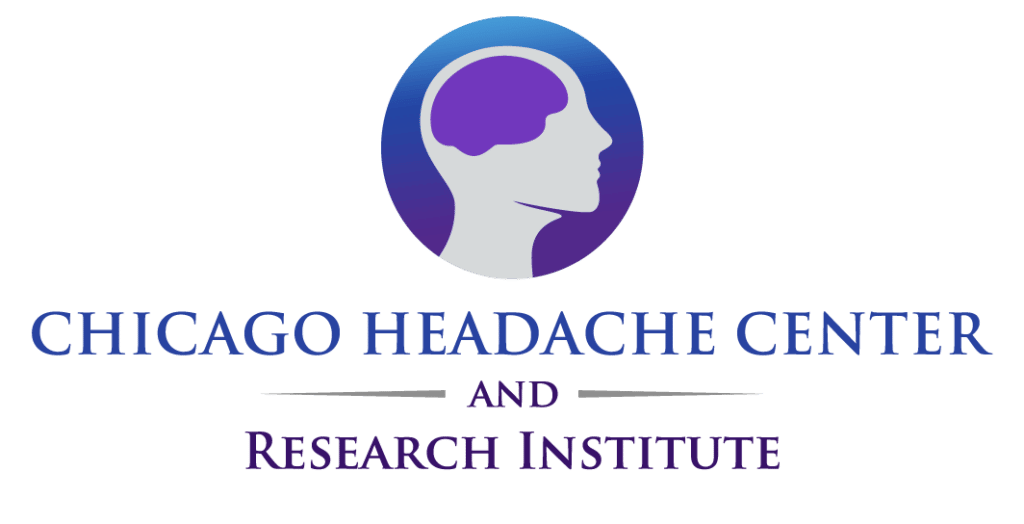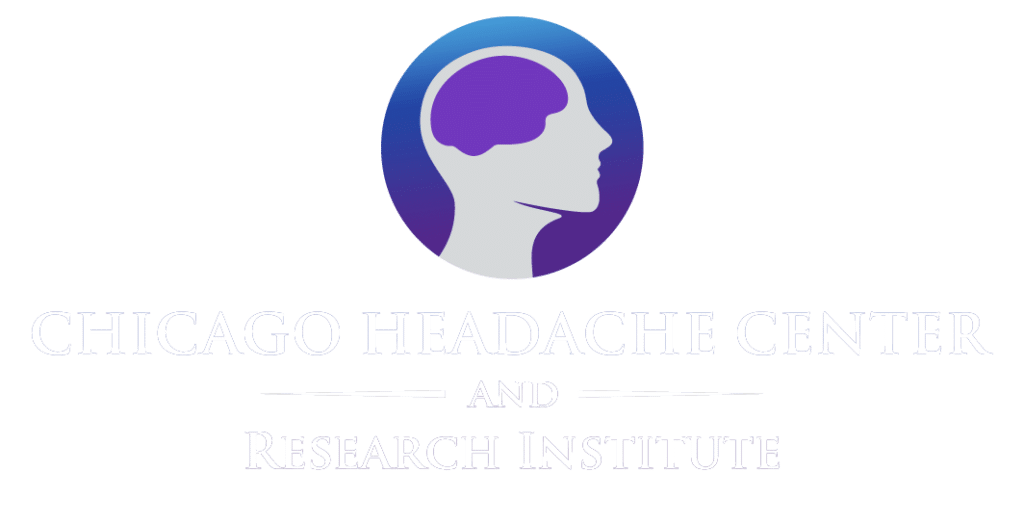There has been a great deal of enthusiasm among migraine clinicians and patients the past few years about new medications which target CGRP. What is CGRP? CGRP is calcitonin gene-related peptide, which is a specific neuropeptide (which is a protein that facilitates communication between nerve cells) that we all have in our bodies. CGRP plays a role in vasodilation (widening of blood vessels), among other things. During an attack of migraine, it has been shown that levels of this substance are elevated, and after an attack of migraine ends, the levels of CGRP return to “normal.” As far back as the 1980s, this substance was believed to play a role in attacks of migraine.
As is the case with many reactions in our bodies, something binds to a receptor, which in turn leads to an additional event happening. Think of it as a key opening a lock, making something happen. In the case of CGRP and migraine, CGRP binds to the receptor, and this leads to an attack of migraine. As the body releases more and more CGRP, those CGRP proteins bind to their corresponding receptors (or, “open” the “locks,” leading to the attack of migraine).
There are now medications which act at various points in this pathway, some of which help to prevent migraine attacks, and some of which help to end a migraine attack when it occurs. The monoclonal antibodies (Aimovig, Ajovy, Emgality, Vyepti) eliminate either the CGRP that is released or the receptor to which CGRP would bind. These help to prevent migraine attacks in many patients. The “gepants” (Ubrelvy and Nurtec ODT) are CGRP receptor antagonists (meaning they block the receptors, or the “locks” in the lock and key example) that are taken when a migraine attack occurs. Since they block the receptors, the additional CGRP the body releases is unable to continue to bind to CGRP receptors, so the migraine attack should not continue as it otherwise would.
Remember that no medication works for every person who takes it. The discovery of CGRP’s role in migraine, however, has presented several new options for both the prevention of migraine and the acute treatment of migraine.

















